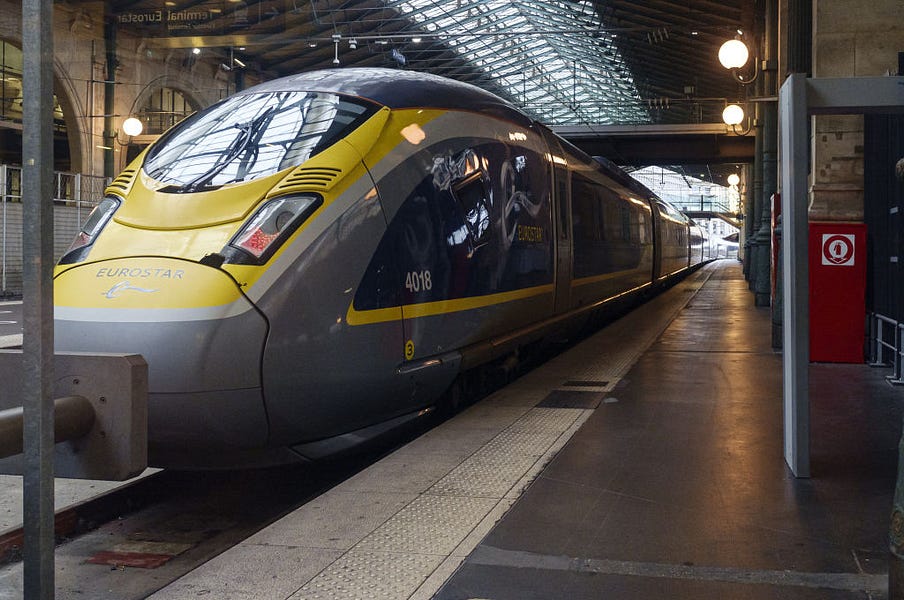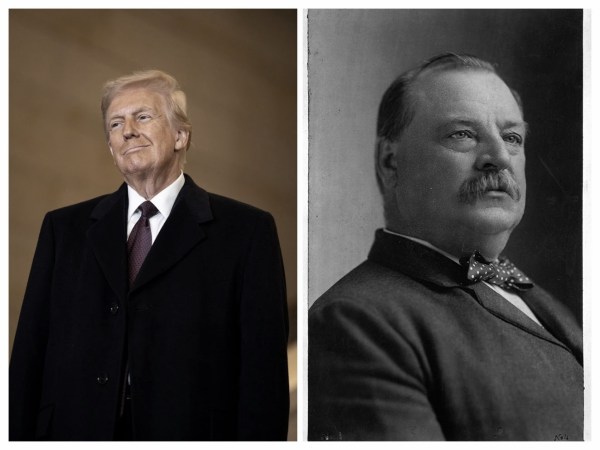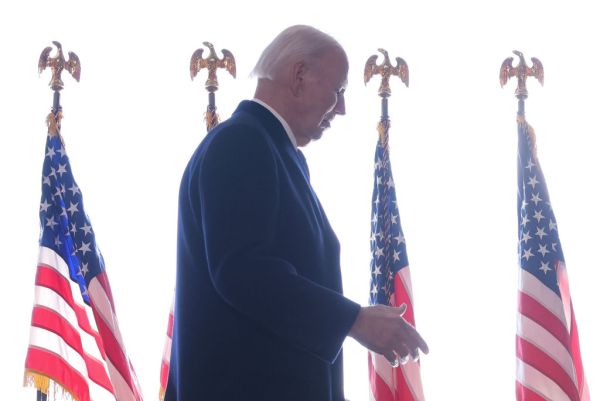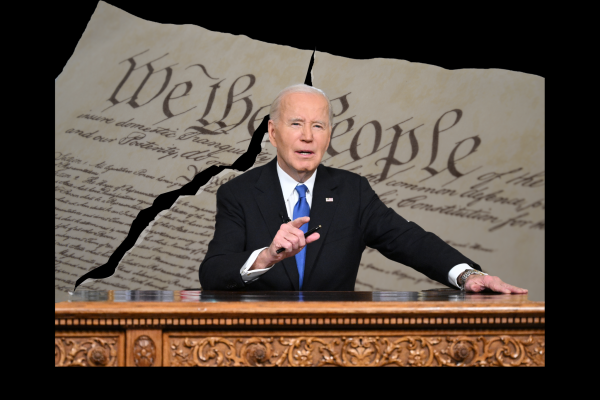The decision by the United States to rejoin the Paris Climate Accords has the rest of the world thinking globally ahead of the Glasgow Climate Change Conference (COP26) scheduled for November. Attending countries will discuss the ongoing process of reduction targets on global carbon dioxide emissions. But a look at the EU shows that in decentralized systems, changes are costly and require a considerable amount of political wrestling.
The purpose of the COP conferences is for the international community to find concrete ways to reduce greenhouse gas emissions. During COP25 in Madrid, a set of countries and the European Union vouched for a more ambitious target than the existing one, which seeks to limit the increase in the global average temperature to well below 2°Celsius above pre-industrial levels. At that same conference, small island nations were particularly upset at the United States for blocking efforts to create funds for “loss and damage” created by drought or storms. Since all countries have differing levels of emissions, the targets vary by country. The European Union has committed itself to reducing carbon dioxide emissions by 55 percent until 2030. COP26 requires participating nations to present all of their national plans, but the when and how is still up to them.
In preparation for every year’s climate change conference, the EU settles on a common position. Last year, Brussels did not manage to find a consensus and had to decide on a document without the support of Poland. Warsaw’s energy mix still heavily relies on coal energy, which makes its approach to CO2 reduction complicated, to say the least. Meanwhile, the Czech Republic and Hungary agreed to join the other member states only because they received assurances that nuclear energy would be counted towards a net-zero emissions target. Poland said that it would like to achieve climate neutrality at its own pace.
In fact, all climate policy in Europe hinges on the significant infrastructure difference between East and West. Eastern Europe is behind on recycling, water quality, renewable energy, agriculture, and transport. Few of these factors can be blamed on the willingness to act, but often on the inability to upgrade nations that suffered from one of the world’s largest polluters: the Soviet Union. In fact, the Soviet Union was the world’s second-largest producer of harmful emissions (recorded in 1988), and accounting for the size of its economy, emitted 1.5 times more pollution than the United States at the time.
As Europe attempts to get closer to net-zero emissions by 2050, new measures are announced by the day. The aviation sector has been one of the targets of the EU, as intra-European flights remain a popular mode of transport. Any American who has visited Europe will know that low-cost flights can sometimes be phenomenally cheap, especially from regional airports.
While Western Europe invests in high-speed rail, Eastern Europe struggles with its decade-long under-investment in infrastructure and the realities of its geographical disadvantages: fast train connections are easier to sustain in the flat Netherlands than in the Slovakian mountains. The EU asking its members to tax flights more hits Eastern Europe harder than it does the West.
That said, Europe’s West has its own struggles with climate policy. When France’s Emmanuel Macron pushed for a new eco-tax to raise the price of petrol (which in Paris can already cost upward of $9 a gallon nowadays), it launched the “yellow vest” protest movement. After months of unrest, the French government dropped the proposal, later introduced higher taxes on the aviation sector, and banned non-connecting domestic flights instead. Taxing pollution indirectly has become more appealing for Europe’s political class because it is harder to identify where exactly consumers end up paying for carbon taxes. That is why the European Union is now reforming its Emissions Trading System (ETS), which is Europe’s version of cap and trade.
ETS currently covers 40 percent of Europe’s carbon dioxide emissions. For instance, installations for energy production receive an emissions cap, which is reduced over time. Producers, government-owned or private, buy or receive certain amounts of allowances to emit carbon dioxide. If they don’t reach their annual cap, they can keep their allowed emissions for the next year or sell it to other operators who have emitted beyond the allowed cap. This puts countries that produce energy through nuclear or hydro power at a significant advantage. If your country’s industry had been burdened with a collectivist economic system in the past, in which little regard was put on innovation, then the ETs system punishes you for your larger share in the overall European emissions.
France, due to its heavy reliance on nuclear energy, only emits half the industrial emissions of Germany, despite being only 20 percent smaller in population.
The same distorted burden-sharing applies to consumers. The price of the emissions trade is passed on to consumers, who pay more for their local energy production methods, even though they had little involvement in its establishment and little choice in the electricity and gas they can purchase.
Brussels now wants to include construction and transport in the ETS system, increasing the price of housing starts, personal mobility, and retail goods. A former Polish minister writes in an article for a pan-European media network: “Some countries, such as France, have a largely zero-emission system for heating buildings, due to the fact that a majority of homes are heated by electricity from nuclear power plants. How then is France going to participate in the burden-sharing with poorer EU countries?”
The EU’s “Just Transition Fund” is supposed to provide the answer to under investments in Europe’s east. Attempting to mobilize more than $90 billion in public and private investments, the fund aims to support regions in Europe that are not up to speed on the energy transition goals of the EU. The JTF is a response to the hostility that Eastern European members have had towards climate ambitions in the European Council—a cynical analyst could say it serves the purpose of buying the necessary votes.
This system is inherent to the European Union. While the EU is centralized in some aspects, the member states have considerably more say in the political decision-making than American states do. Consent to legislative proposals is often haggled between member states—a process that is particularly confusing because the negotiations often aren’t even on related topics. For years, Spain blocked a standardization of Europe’s air traffic control over a territorial dispute with the United Kingdom over the peninsula of Gibraltar.
Hashing out how to reduce carbon dioxide emissions will give the EU continuous headaches. Germany wants to be ambitious on the environment, but not if that threatens its strong car manufacturing industry. France wants to crack down on air traffic but simultaneously embroils the EU in a battle with the U.S over subsidies for airplane manufacturer Airbus. The EU’s agricultural policy is designed to make farming more environmentally friendly, yet in countries such as Bulgaria, 75 percent of all farm subsidies end up in the hands of 100 entities, with authorities discovering corrupt ties between government officials and subsidy recipients.
Europe will seem like a united front to the outside, but its climate policy is a patchwork at best and a negotiation on par with a Turkish market at worst.







Please note that we at The Dispatch hold ourselves, our work, and our commenters to a higher standard than other places on the internet. We welcome comments that foster genuine debate or discussion—including comments critical of us or our work—but responses that include ad hominem attacks on fellow Dispatch members or are intended to stoke fear and anger may be moderated.
With your membership, you only have the ability to comment on The Morning Dispatch articles. Consider upgrading to join the conversation everywhere.